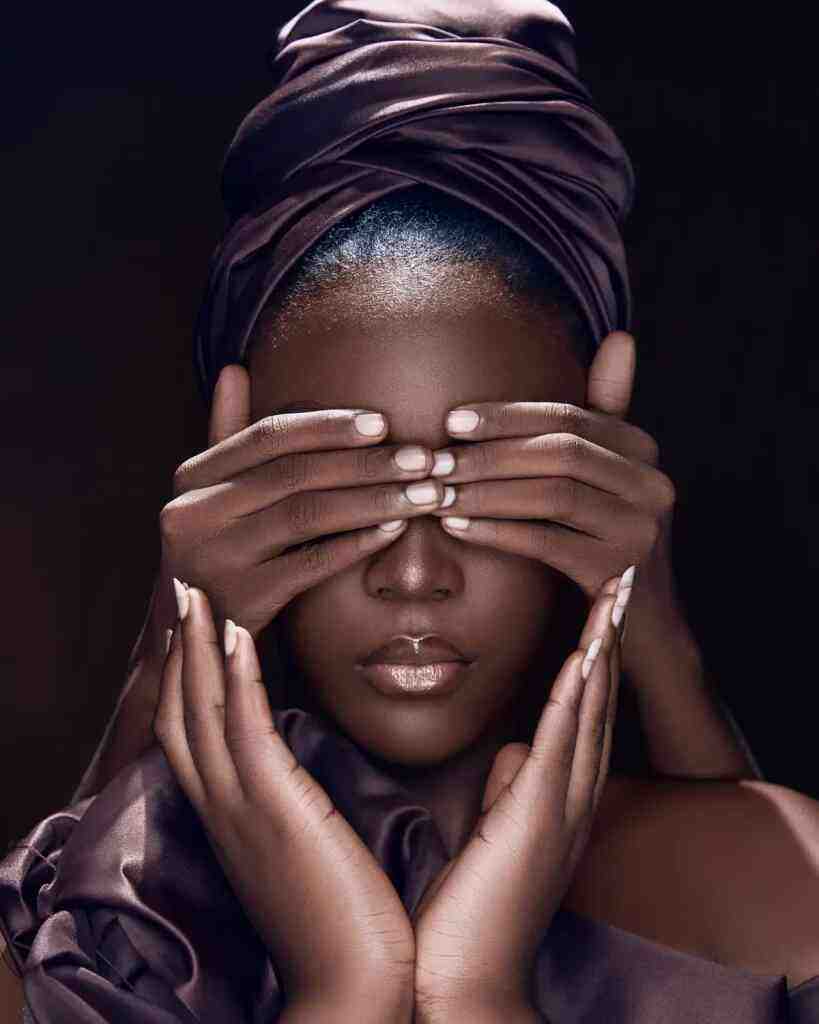Winter Photography: Capturing the Magic of Snow-Covered Landscapes
The Allure of Winter Scenes
In the depths of winter, the world transforms into an ethereal tapestry, adorned with a pristine blanket of snow. From the gentle undulations of snowy fields to the towering grandeur of snow-capped mountains, the beauty of the season beckons photographers to capture its magic. In this comprehensive guide, we’ll embark on a journey through the intricacies of winter photography, delving into techniques and tips to help you create captivating images that encapsulate the enchanting allure of winter landscapes.
Understanding Winter Light
The key to successful winter photography lies in harnessing the unique qualities of winter light. The low-angle sun casts long, dramatic shadows, emphasizing textures and creating a sense of depth. This directional light sculpts the landscape, revealing details often overlooked in other seasons. Additionally, the shorter days provide ample opportunities for experimenting with different lighting conditions, from the soft glow of dawn to the vibrant hues of twilight.
Essential Gear for Winter Photography
- Camera and Lenses: A sturdy camera body and a versatile lens are crucial. Consider a wide-angle lens for capturing expansive scenes and a telephoto lens for isolating distant subjects.
- Tripod: A sturdy tripod is essential for ensuring sharp, blur-free images, especially in low-light conditions.
- Filters: Polarizing filters reduce glare and enhance colors, while neutral density filters help to balance exposure in high-contrast scenes.
- Warm Clothing and Accessories: Winter photography often involves spending extended periods outdoors in frigid temperatures. Proper clothing and accessories, such as gloves, hats, and insulated boots, are essential for staying comfortable and focused.
Composition Techniques for Winter Landscapes
- Rule of Thirds: The rule of thirds is a fundamental composition technique that can help you create visually appealing images. Imagine dividing the frame into thirds, both horizontally and vertically, and placing key elements along these lines or at their intersections.
- Leading Lines: Incorporating leading lines, such as a winding road or a snow-covered fence, can draw the viewer’s eye into the image and create a sense of depth.
- Framing: Use natural elements like trees, branches, or rock formations to frame your subject, adding depth and interest to the composition.
Camera Settings and Techniques
- Aperture: Aperture controls the depth of field, the range of distances that appear sharp in an image. A smaller aperture (higher f-number) increases the depth of field, while a larger aperture (lower f-number) decreases it. In winter photography, a small aperture is often used to ensure that both the foreground and background are in focus.
- Shutter Speed: Shutter speed controls the duration of exposure, the length of time that the sensor is exposed to light. A slow shutter speed (e.g., 1/30th of a second) can be used to capture motion blur, such as falling snow or flowing water. A fast shutter speed (e.g., 1/1000th of a second) freezes motion, making it ideal for capturing wildlife or sports.
Post-Processing Techniques
Once you’ve captured your winter scenes, post-processing can help you enhance their impact and bring out their full potential.
- White Balance: Adjusting the white balance can correct color casts and ensure accurate colors. In winter photography, a custom white balance setting may be necessary to compensate for the blueish tint often caused by snow and ice.
- Exposure and Contrast: Fine-tuning the exposure and contrast can improve the overall look of your images. Consider using HDR (High Dynamic Range) techniques to capture scenes with both bright highlights and dark shadows.
- Color Adjustments: Color adjustments can be used to enhance the mood and atmosphere of your images. For example, increasing the saturation can make colors appear more vibrant, while reducing the saturation can create a more subdued, ethereal look.
Conclusion: Capturing the Essence of Winter
Winter photography offers a unique opportunity to capture the beauty and wonder of the season, from the delicate tracery of snowflakes to the vast expanse of snow-covered landscapes. By understanding the unique lighting conditions, using the right gear, and applying effective composition and camera techniques, you can create images that convey the magic and serenity of winter. Embrace the challenges and rewards of winter photography, and let your lens become a conduit for expressing the beauty of the season.
So, bundle up, grab your camera, and venture into the winter wonderland, ready to capture the enchanting beauty that awaits. May your images convey the majesty and wonder of winter, inspiring others to appreciate the beauty of the season.
